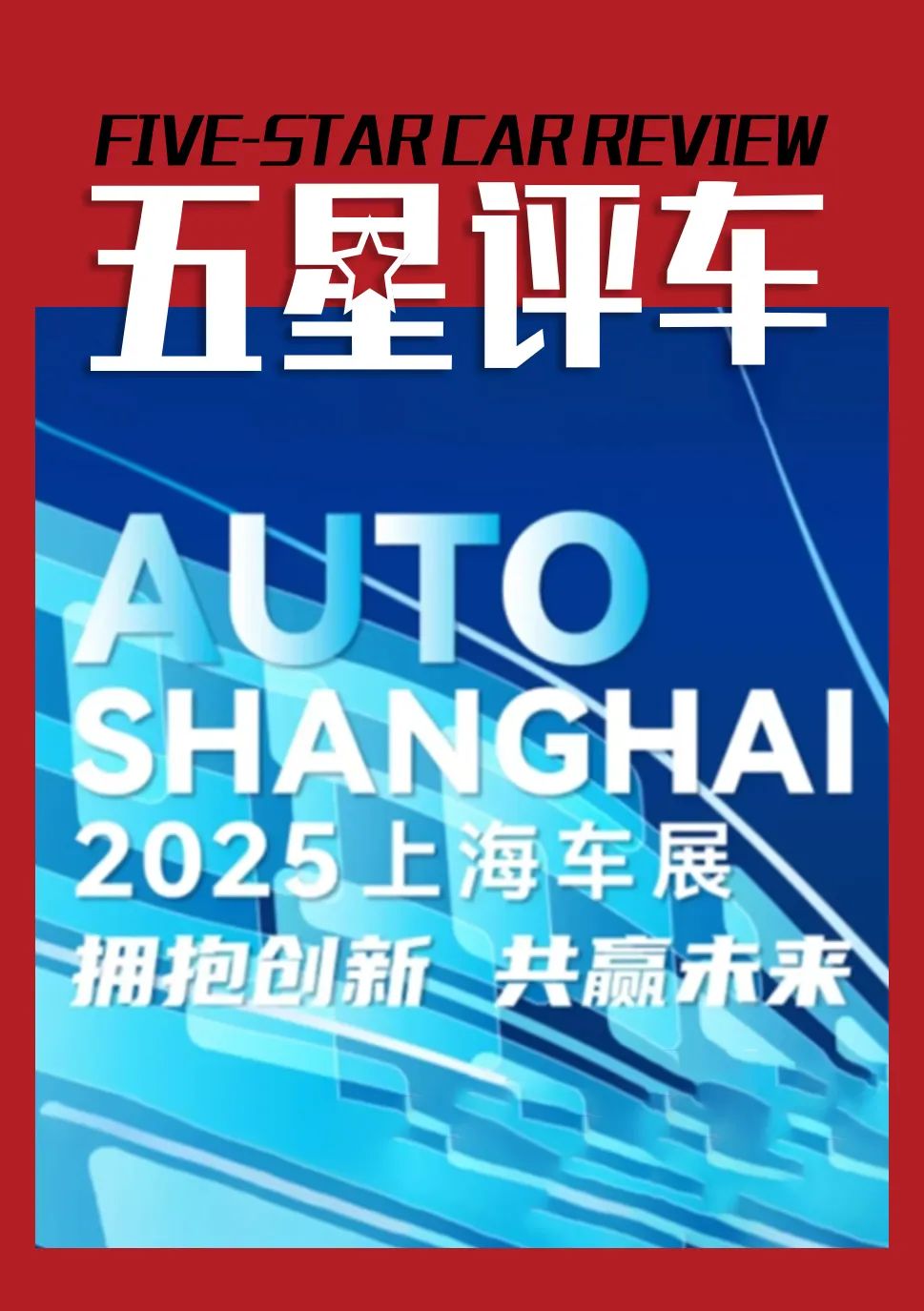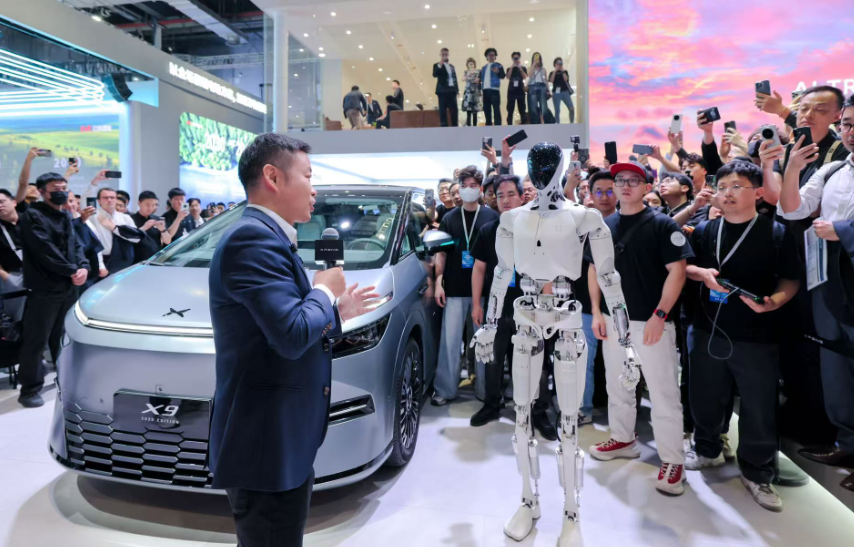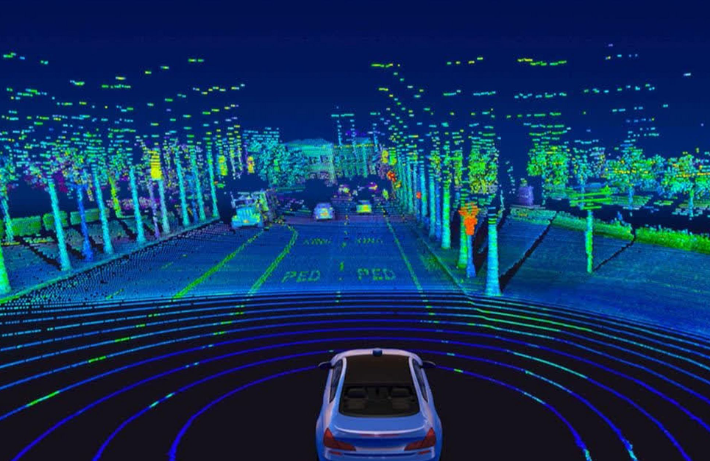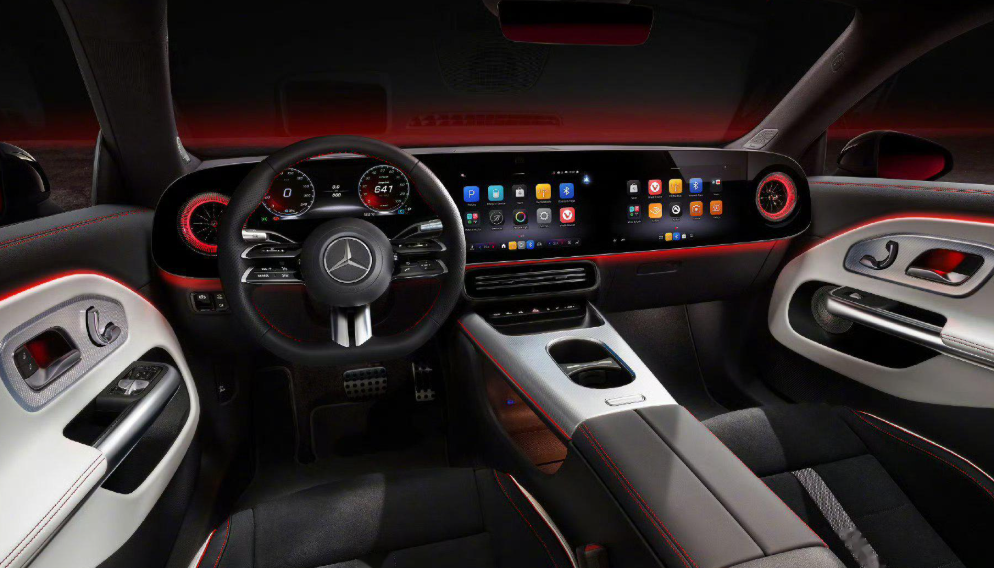Key Insights from the 2025 Shanghai Auto Show
![]() 04/29 2025
04/29 2025
![]() 821
821

By Wang Han
Produced by Five Star Car Reviews
As the May Day holiday draws near, the Shanghai Auto Show stands as the automotive industry's grand finale before the break. Amidst declining attendance at global A-class auto shows, the 2025 Shanghai Auto Show retains its robust appeal, leading the pack of international A-class events. It has become a norm for mainstream automakers worldwide to choose China as the first stop for their new product launches.
The 360,000-square-meter exhibition hall showcased hundreds of new car models, including 43 all-new entries—half of which were SUVs. Notably, new energy vehicles accounted for 70% of these new arrivals, with hybrid and pure electric models evenly splitting the pie. Additionally, the scale and number of automotive technology and supply chain exhibitors witnessed significant growth, occupying a 100,000-square-meter area.
Beyond the unstoppable wave of new energy and intelligence, this auto show subtly evolved. Those seeking "entertainment" might find it somewhat underwhelming, devoid of celebrity antics and exaggerated claims, thereby raising the bar for effective communication. Intelligence-related marketing has shifted from emphasizing intelligent experiences to focusing on intelligent safety, offering numerous thought-provoking aspects and a sense of trend. Thus, if I were to encapsulate the key themes of this Shanghai Auto Show, they would undoubtedly be:

In 2024, auto shows became personal stages for internet celebrities like "Red Shirt Uncle" and "Leibusi," overshadowing other automakers and models, replacing the traditional celebrity endorsement model. Lei Jun and Zhou Hongyi paved the way for a "shortcut" approach in the Chinese automotive industry, inspiring numerous automaker CEOs to follow suit and pursue online traffic. Post last year's Beijing Auto Show, many companies shifted to "CEO live streaming" as their marketing strategy.
However, the 2025 Shanghai Auto Show lacked the allure of "traffic stars" and personal IP marketing. Auto executives collectively shed their "traffic burdens," adopting a different communication approach. On the show's opening day, CATL Chairman Zeng Yuqun visited Li Auto's booth, where Li Xiang accompanied him to experience the Li Auto MEGA Home. BMW Group Chairman Oliver Zipse visited the Great Wall booth for an "on-site meeting" with Chairman Wei Jianjun. Meanwhile, Zhang Chaoyang, accompanied by Chery Chairman Yin Tongyue, visited the show and immediately purchased a car, becoming the first owner of the JETOUR Traverse G700.

This approach redirected public attention back to the "car" itself, steering clear of distracting auto show trends. This shift is evident when compared to last year's trending topics, which included Li Shufu of Geely announcing a 20 billion yuan investment in solid-state batteries, Zhu Huarong of Changan unveiling a 50 billion yuan R&D plan, and Huawei launching the Kunlun Intelligence Driving ADS 4. The only "gossip news" was swiftly debunked, with the individual involved facing administrative punishment.
Not only online but also across the auto show's massive posters, venue decorations, and outdoor LED screens, a noticeable "simplification" was observed compared to previous years. Thus, it wasn't just online opinion that returned to basics; everyone focused more on development over marketing, navigating the current cycle with relative stability. This perfectly embodies the value regression of this auto show.

On the eve of the auto show, the "intelligent driving incident" caused a stir, prompting the Ministry of Industry and Information Technology and the Ministry of Public Security to "slow down" intelligent driving and propose criminalizing irresponsible intelligent driving. The most notable change was the uniform replacement of the term "intelligent driving" with "intelligent assisted driving" at the show. Related displays in automaker exhibition halls were significantly reduced, with intelligent driving briefly mentioned during new car launches. It seems automakers collectively staged an "overnight PPT revision" in their intelligent driving marketing. Terms like "L2.99" and "quasi-L3" disappeared entirely, with companies uniformly declaring that "the product only has L2-level assisted driving functions," transforming diverse "propaganda competitions" into explanatory functional descriptions.

As a top priority for all companies, intelligent driving has transitioned from a "high-tech weapon" for new energy vehicles to a standardized feature for "fuel and electricity with equal rights." With recent news of "self-developed LiDAR costing less than 1,000 yuan," the trend towards widespread adoption becomes even clearer. While this is undoubtedly positive, allowing Chinese automotive products to lead globally, some automakers overstated their claims.
Therefore, "slowing down intelligent driving" refers to stricter controls over promotion and R&D, without impeding the advancement of vehicle intelligence in the domestic market. In 2024, the penetration rate of L2-level and above intelligent assisted driving in Chinese passenger cars reached 55.7%. Zhang Yongwei, Vice Chairman and Secretary-General of the China Electric Vehicle Hundred People Forum, predicts that this proportion may reach 65% by 2025.

In recent years, the rapid progress of indigenous brands has caught joint venture automakers off guard, whether in the affordable household segment or in the mid-to-high-end market priced between 300,000 and 500,000 yuan. The "power of made in China" has put significant pressure on competing products from other brands. Data-wise, China has led the world in new energy vehicle sales for nine consecutive years and in connected vehicle patents, with key technology patents exceeding 50% of the global total. At this Shanghai Auto Show, indigenous brands collectively ventured into the flagship SUV segment, covering the entire domestic price range, leaving many foreign media attendees in awe of the "mysterious eastern power."
After being "stunned" by indigenous brands, joint venture brands regrouped and counterattacked, demonstrating their determination to transform from "followers" to "competitors" in new energy fields. The Volkswagen brand launched three new-generation intelligent connected concept car models, while the Buick GL8 Land Shang PHEV, Mercedes-Benz CLAL, Toyota Platinum Smart 7, among others, spearheaded joint venture brands' counterattacks.
"Automaking heritage" and "technical accumulation" have always been high-frequency terms for joint venture brands, constituting a significant competitive edge. The phrase "safety bottom line" was most frequently mentioned throughout the Shanghai Auto Show.

Another notable change in 2025 is the resurgence of pure fuel vehicle models. Six months after new energy vehicles took the lead in July 2024, influenced by price wars and other factors, the sales proportion of new pure fuel vehicle models surpassed that of new energy vehicle models this year. The contribution of established joint venture brands is undeniable. It is foreseeable that under the trend of "fuel and electricity with equal intelligence," some well-regarded fuel vehicles from joint venture brands may "return to the forefront" after being equipped with intelligent devices.
For the market, this healthy competition in products and technologies will undoubtedly offer more diverse choices. Joint venture automakers' emphasis on and commitment to the world's largest single market present a win-win situation for both enterprises and consumers.
Currently, China's automotive market continues to thrive. In the first quarter of 2025, China's automobile production and sales reached 7.561 million and 7.47 million units, respectively, marking year-on-year increases of 14.5% and 11.2%. The above three keywords not only encapsulate this Shanghai Auto Show but are also expected to permeate the entire automotive market in the first half of the year.







